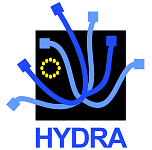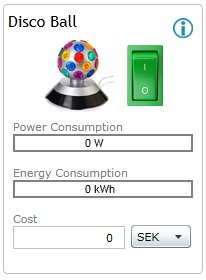- 24 Sep 2007
- Project information
- 6003 Reads
WP 2 - Iterative user requirements engineering
The analysis framework for user needs will be developed. This work will lead to the engineering of user needs and key technological opportunities that determine the complex set of user requirements, which will be identified and assessed.
Specifically the objectives of this work package are as follows:
Elicit the generic and specific domain requirements for the full technical and business realisation of the project results to support the developer users as well as to ensure the enhancement of the business potential for all stakeholders.
Formulate the initial user requirements in terms of the functionalities expected from each of the sub-systems and accordingly feed back this result into the design (re)specification phase to enable the initial system design and the subsequent re-engineering to enhance the resulting project deliverables for best technical, usability fit and market potential.
Maintain a continuous study of the technological, regulatory-standards and market developments affecting the HYDRA middleware and their impacts on project requirements
The basis for engineering of requirements is a structured dialogue with the representatives of user domains, including developers from industry and the research community. The dialogue will be used to feed insights, requirements and advice into the definition and validation process of new HYDRA middleware services.
The first step in WP 2 is to develop user scenarios for each user domain using the IDON methodology for scenario building techniques. A series of one-day user workshops for each user domain will be organised to bring together appropriate expertise and experience. The work carried out includes identification of uncertainties, grouping and segmenting and flip/flopping (grouping in main directions). At the end of each workshop, scenes, acts and scripts for the scenarios are defined. The results of this work will be documented in a full set of complementary scenarios for each domain. Following the prepared scenarios, a set of storylines will be prepared.
From the scenarios and storylines, a systematic formalisation of all relevant user requirements and subsystem functional, security and societal requirements are derived. Functional user requirements specifications will involve the most important aspects of user expectations in the chosen application domains. The security requirements will be based on an analysis of the scenarios and formulation of trust and security requirements. Societal requirements will be done by correlating socio-economic, regulatory and policy issues with the deployment and wide spread use of monitoring infrastructures.
The functional, security and societal requirements derived will then be integrated and generalised to form a package of initial user requirements specifications that will be fed to WP 3 – Architecture design specification.
In line with the adopted Iterative Requirement Engineering methodology, results obtained during project progress will be used for a re-formulation of the initial requirements incorporating emergent requirements to be fed back to WP 3 to enable the necessary modification of the design specification and subsequent re-engineering and re-validation of the affected modules.
Scenario thinking
This task will be carried out using the IDON methodology for scenario thinking. The scenarios will be constructed from a varied background of knowledge and guesswork about the relevant environment and the trends and discontinuities likely to happen in the future and affecting the users operations and way of work. The scenarios will draw on both available research and application knowledge in the consortium and on the opinion of a diverse set of people form different parts of involved organizations, including line and staff workers. The results of these activities will be documented in a full set of complementary scenarios for each domain.
Following the prepared scenarios, a set of storylines will be prepared. As a basis, a State-of-the-Art of Storylines (SOTA) will be prepared to provide an overview and analysis of the usage of different types of storylines in different domains.
At the end of the workpackage, the validation framework will be developed. The validation framework will serve as a baseline on how, when and by whom, validation is going to take place in WP 10 – Validation & business modelling. The framework guides the collection of information about the project specific objectives, requirements and constraints on user validation (different methods measure different quality dimensions).





 The Hydra project is co-funded by the
The Hydra project is co-funded by the 


